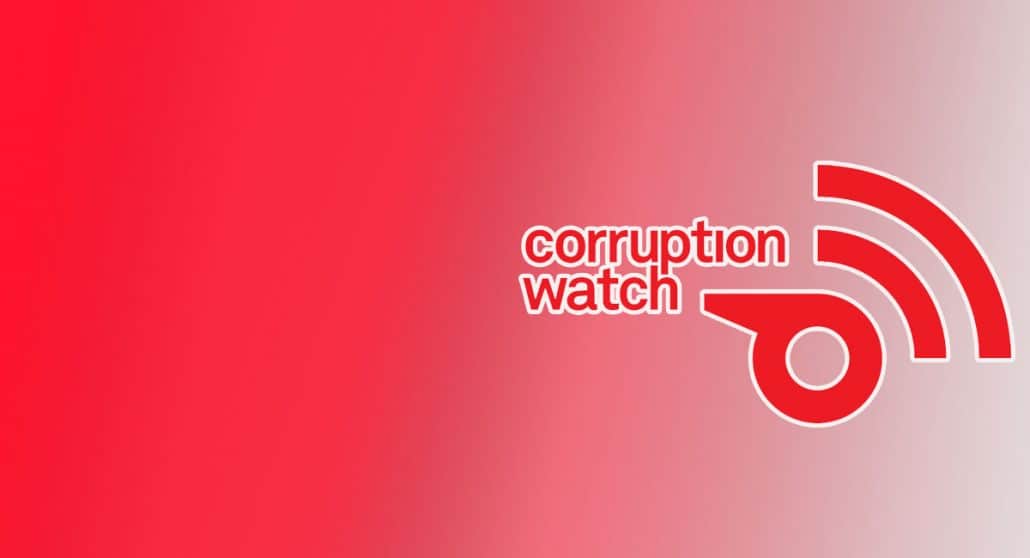First published on Transparency International UK
David Lewis, executive director of TI’s chapter in South Africa, Corruption Watch, reflects on the country’s current situation and the tools available to civil society to fight back against corruption.
When, in the period leading to the formation of Corruption Watch, I traipsed around South Africa and the world seeking the support of multilateral institutions, fellow NGOs and potential funders, I encountered one strikingly similar response. ‘You have,’ said those to whom we presented our case, ‘a strong foundational law and an acceptable anti-corruption legal framework; you have an independent judiciary; a robust media; and an active, battle-hardened civil society. These are the critical ingredients for a relatively corruption-free society and yet you say that corruption is burgeoning. What’s the problem?’
It took a while to firmly settle on the answer to that question. However in the course of our work, it has become clear that the answer is to be found in our hopelessly compromised criminal justice institutions, particularly the National Prosecuting Authority and the Directorate for Priority Crimes Investigation (the DPCI or the Hawks).
Put simply, the problem is impunity, the near certain knowledge that the sort of consequences that are most effective in deterring criminal conduct are extremely unlikely to be imposed. The gamekeepers are colluding with, or at least are subservient to, the predators.
This realisation explains our endless quest to find alternative mechanisms of sanction and accountability for perpetrators of corruption. ‘Naming and shaming’ is one obvious weapon and it has been a significant element of our very active public communication strategy. We have explored sanctions in our Companies Act (to which most state owned enterprises – SOEs – are subject) and are currently pursuing legal action to have the board members of one large SOE declared delinquent. We have sought to persuade professional bodies to use their considerable punitive powers to sanction malfeasant members of their professions. We have sought the assistance of external agencies whose jurisdiction extends to conduct in South Africa. We are currently requesting the US Department of Justice to investigate the conduct of McKinsey, the large US registered international management consultancy.
This does not mean that we have given up on our domestic law enforcement agencies. Our engagements in this sphere are largely predicated on the recognition that the leadership of these organisations is comprehensively captured by the most criminal elements in the state and their business cronies. This appalling leadership is graphically represented in the policing data on all fronts.
But staying with corruption, in 2010/11 the Hawks – the policing unit charged with enforcing the nominally robust anti-corruption statute – made 14 739 arrests and secured 7 037 convictions, dropping to 5 047 arrests and 1 176 convictions in 2014/15. This has occurred in the same period that the general policing budget has increased, from a reasonably high base, by some 30%. Currently the posts of commissioner of the South African Police Service, the head of the Hawks and the head of Crime Intelligence are all occupied by acting appointments, the previous incumbents all having been removed (usually following judicial proceedings brought by civil society organisations) for malfeasant conduct of one sort or another.
Certain of our initiatives aimed at strengthening our law enforcement involve adversarial litigation. Hence we are challenging the unlawful removal from office of the previous national director of public prosecutions, who had begun to show flashes of independence and courage, and, by extension, the validity of the appointment of his successor, one Sean Abrahams, popularly referred to as Sean the Sheep.
Other of our responses are policy oriented and rely on strong public advocacy and mobilisation. For example, our law gives the president unfettered discretion in the appointment of the leaders of key criminal justice institutions. We have focused our advocacy efforts and popular mobilisation on the appointment of a new national police commissioner and a new head of the Hawks and have used the campaign to provoke a public discussion on an appropriate appointment process for these posts.
I am struck by the thought that Transparency International will need to up its game in the area of anti-corruption policing. Robust law enforcement is not a sufficient condition for combating corruption. It is, however, a necessary feature of any successful anti-corruption regime.

